Meet and Greet
When I read a book series or watch a film series, the first entry tends to be my favorite.
I like that these opening parts of a series not only have to deal with an inevitable plot, but is often more concerned with introducing the characters, how they interact, and what their motivations are.
Conversely, sequels focus more on plot rather than character, since they were introduced previously, and these portions don't capture my imagination as strongly as the initial meet and greet.
So it is with a symphony cycle, especially those composers who come from the late-19th Century into the 20th Century. Young composers establish themselves with what they know, usually stemming from the Romantic Era, and I as a listener get comfortable with their early musical habits. Then as the 20th Century rolls on, composers usually make a move, big or small, evolving towards modernism, where I want more of what came before instead of where they are going.
I think I am in the minority in this feeling, for composers in this realm - Zemlinsky, Glière, and Nielsen for example, all are lauded for their later efforts. Me, I like their early and middle efforts, but can often get lost amongst their later works.
Franz Schmidt fits into this mold as well. I am not a great admirer of late-Romanticism to begin with, so if I disparage the music, it is more my impatience with the musical genre than anything Franz Schmidt does.
In any case, Symphony no. 1 and 2 (of four) are more tuneful, and more structured to my satisfaction. The finales of both of these works look back to the Baroque Era, where scurrying instruments surround big brass chorales, creating satisfying fireworks for their endings. Schmidt also treats the orchestral sections in blocks within these two earlier works, where the strings, winds, and brass are used as separate entities outside of their normal, dutiful doublings for color.
With Symphony no. 3, Schmidt's influence is Schubert. I assume this influence comes mostly through structure, since the composer begins swimming more deeply into chromaticism, and the melodic and harmonic movement involves late-Romantic rambles and ambles. It doesn't help there are so many repeats in this music, perhaps another nod to Schubert.
On the other hand, Schmidt sets all of his symphonies in major keys, a choice not lost on my positive inner soul. The Third Symphony is very good at communicating an upbeat spirit, perhaps yet one more tribute to Schubert, here in a cheery A Major key.
Of course, when composers reach a later stage of life and also 20th-Century wartime, feelings of loss and hardship pervade, where the reality of life gets in the way, and that is no different than in Schmidt's Symphony no. 4, a work I feel is his most intimate symphonic setting. The symphony is filled with chromaticism galore, but I do like his use of trumpet, and the composer ties the work's motivic ideas together intelligently, even if its falls a bit on the nose in the final movement.
Schmidt sets his Fourth Symphony in the key of C Major, usually a brassy, uplifting key. Here, the composer does not utilize the titled key per se, but much in the manner of someone ala Stravinsky, where they use C Major in the title, Schmidt uses every pitch outside of that key center, a fact running rampant throughout the work.
In these last two symphonies, there is nothing which grabs me. Again, this is perhaps more due to Schmidt's penchant for late-Romanticism co-mingling with explorations into light modernism. I am satiated with his earlier style which is eschewed through time. I suppose this is a good thing, for it shows the composer evolves and does not stagnate, a quality aspect of any composer.
As to this specific recording, when I listened on speakers to these recordings, I heard a very two-dimensional wall of sound that wasn't very deep. As I switched over to headphones, I experienced a much better depth of field to the sound, so perhaps these early digital recordings didn't like my audio setup, as I was prepared to hate Chandos' sound, but was pleasantly surprised at the difference.
It should could come as no surprise to regular listeners of Classical Music that Neeme Järvi is swift and muscular with Schmidt's music. Most lament that Järvi doesn't allow the music to unravel as naturally as they could, so other recordings time longer than these readings. You do, however, get a real sense of the Chicago Symphony Orchestra exploring new music in Symphony no. 2 & 3, where the Detroit Symphony Orchestra in Symphony no. 1 & 4 are more refined in their performances, where they were probably allowed more rehearsal time with this music.
You can find recordings of Franz Schmidt's individual symphonies, particularly the more popular later ones, from the likes of Mehta, Mitropoulos, Petrenko, Bychkov, Pesek, and Luisi.
For complete sets, the competition is less, but most agree Paavo Järvi outdid his father in his most recent release on DG. Soon though, a complete set will be released from Vassily Sinaisky's previously released individual recordings on Naxos. Both are a little more natural and calm with Schmidt's music timing wise, but I am unsure if this would endear me to his later music, especially in a genre which already meanders a bit too much for my tastes.
Regardless, I hang onto Neeme Järvi's set of Schmidt symphonies, for there are aspects I enjoy, if mostly in the composer's earlier offerings.
A review from 2024
This 4CD set of Franz Schmidt’s four symphonies is compiled from their 1989-1996 individual recordings, with a combination of the Detroit SO and Chicago SO, the latter an odd presence on the British Chandos label.
Franz Schmidt is a late-Romantic composer, often compared to Anton Bruckner, Richard Strauss, or Max Reger. Because I am not a huge fan of late-Romanticism, I am more a fan of Schmidt’s earlier symphonies, where tunes and structure give way to rampant chromaticism and modernism in his later symphonies, although I seem to be in the minority here.
Neeme Järvi makes his way through these works swiftly and with strong contrasts, whereas recent surveys offer a more natural, organic approach to Schmidt’s music. I think the Detroit give solid readings to this music, whereas Chicago sounds like it is discovering the music for the first time.
Of course, you can find the individual symphonies with starrier conductors, but recent sets of Schmidt’s complete symphonies can be found with Paavo Järvi on DG and Vassily Sinaisky on Naxos. The younger Järvi cleaves closer to the elder Järvi’s tempos, yet is even swifter and less heavy in the Scherzos and even fits them all on only 3CDs, but is not quite as muscular as Chicago or Detroit; whereas Sinaisky gives the composer’s music more time to breathe overall in longer timings, and offers the most in terms of extras. As far as the symphonies, it will all depend on how you like your late-Romanticism preferences to meander and amble.
Personally, I am not so hot on that style, but I like various parts of these symphonies still, and so I continue to hold onto this set, even if it might not remain the ideal reference anymore.
Listen on YouTube
Works
Symphony 1 in E Major (44.51)
Symphony 2 in E-flat Major (46.55)
Symphony 3 in A Major (42.19)
Symphony 4 in C Major (42.12)
Performers
Chicago Symphony Orchestra
Detroit Symphony Orchestra
Neeme Järvi, conductor
Label: Chandos
Year: 1989-1996 / 1997
Total Timing: 2.56.17
If you like late-Romanticism more than I, take my words with a grain of salt.
I prefer Schmidt's earlier symphonies, where Romanticism is more present than Modernism.
Järvi's recordings, as a set at least, have been generally surpassed, but they are also more loving with the music, so I don't know if that would be better for me or not.
For now, I will continues to hold onto this set.
Find more Franz Schmidt recordings HERE!
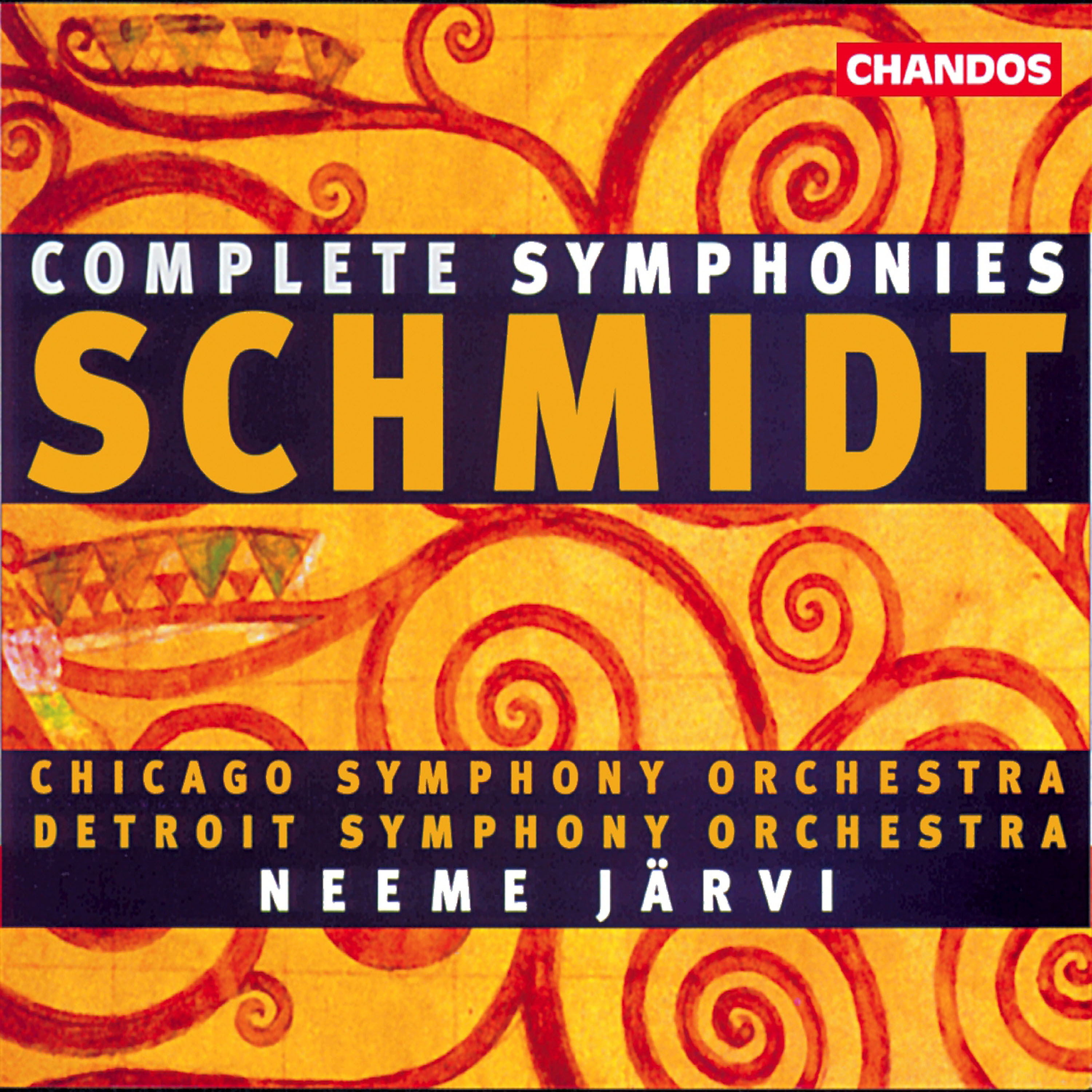
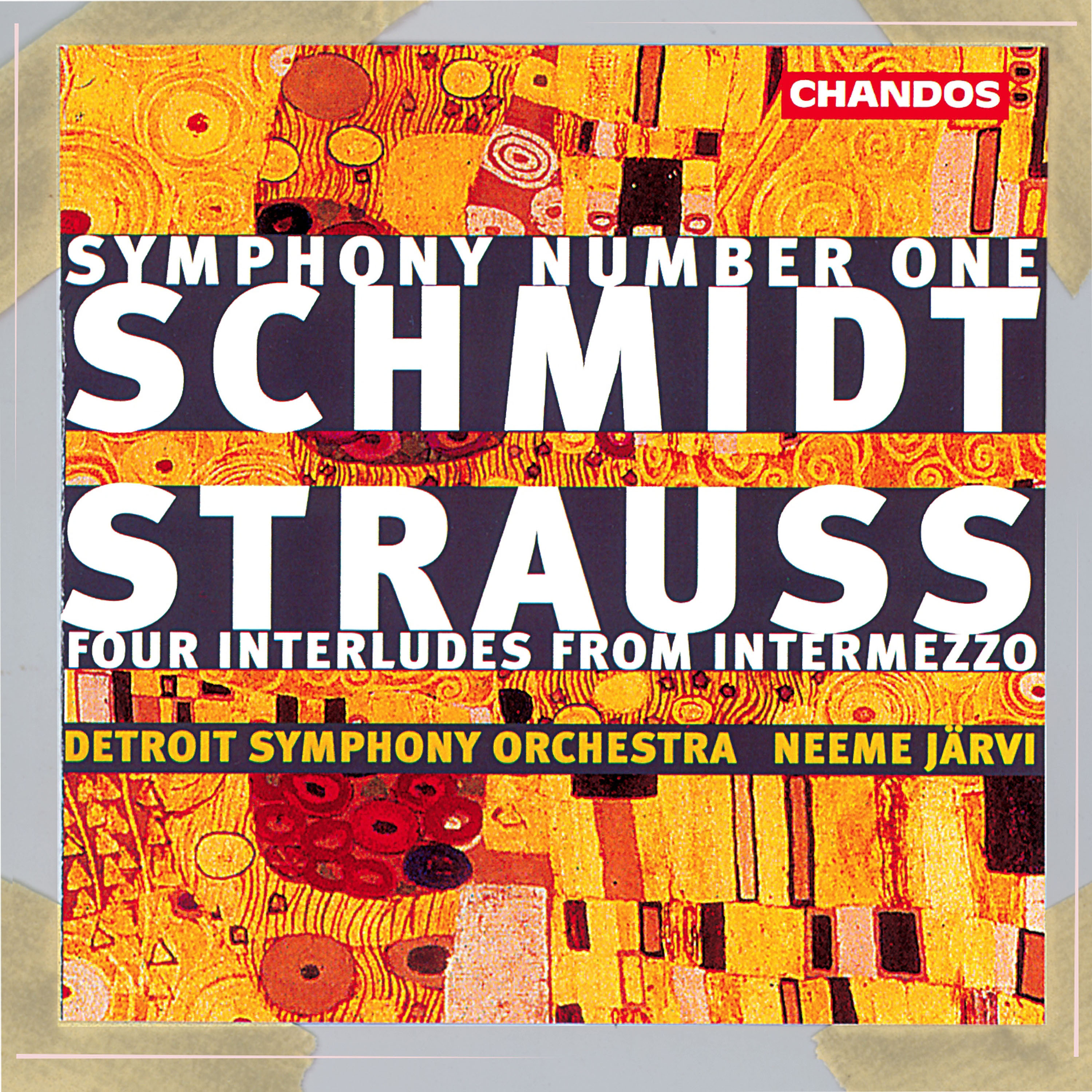
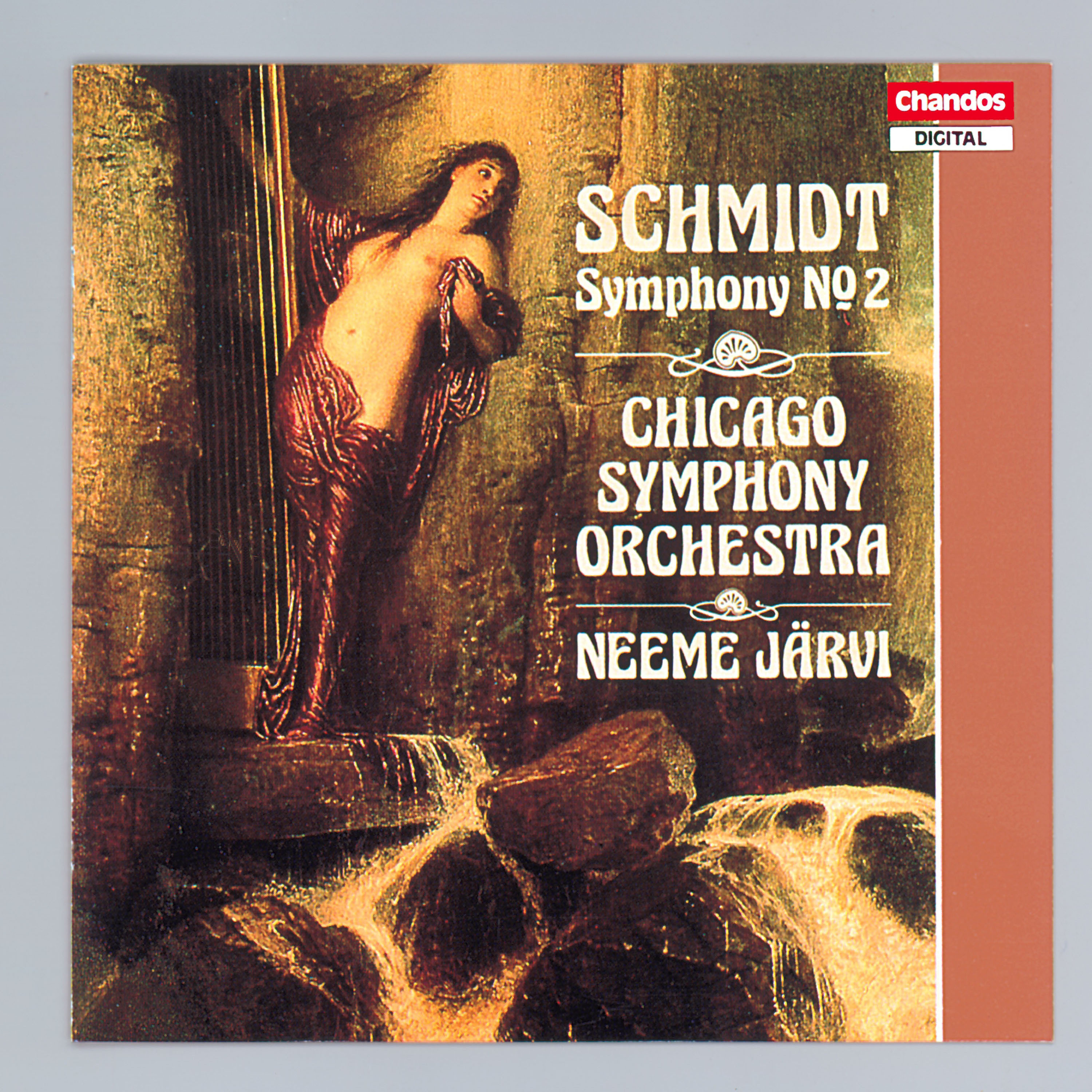
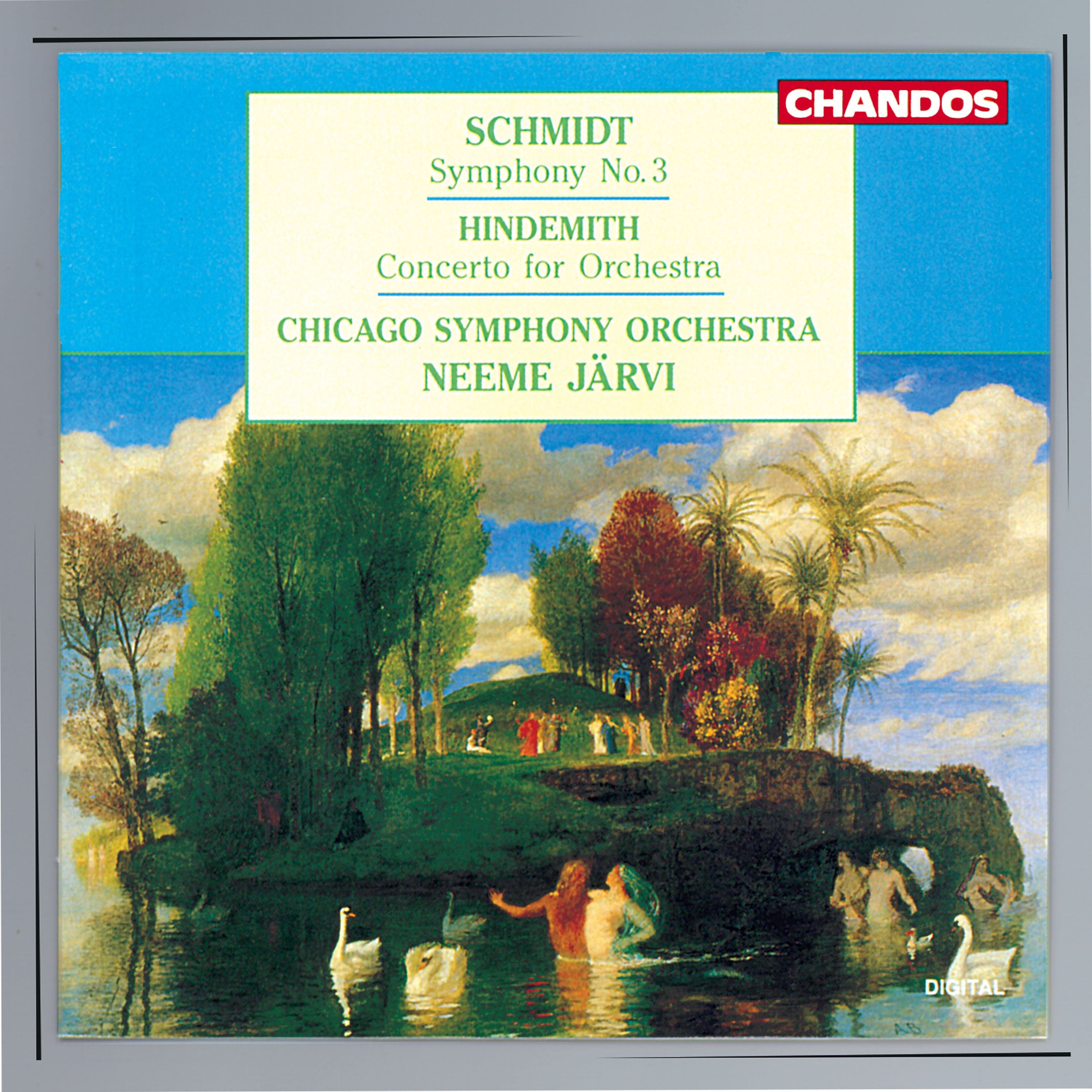
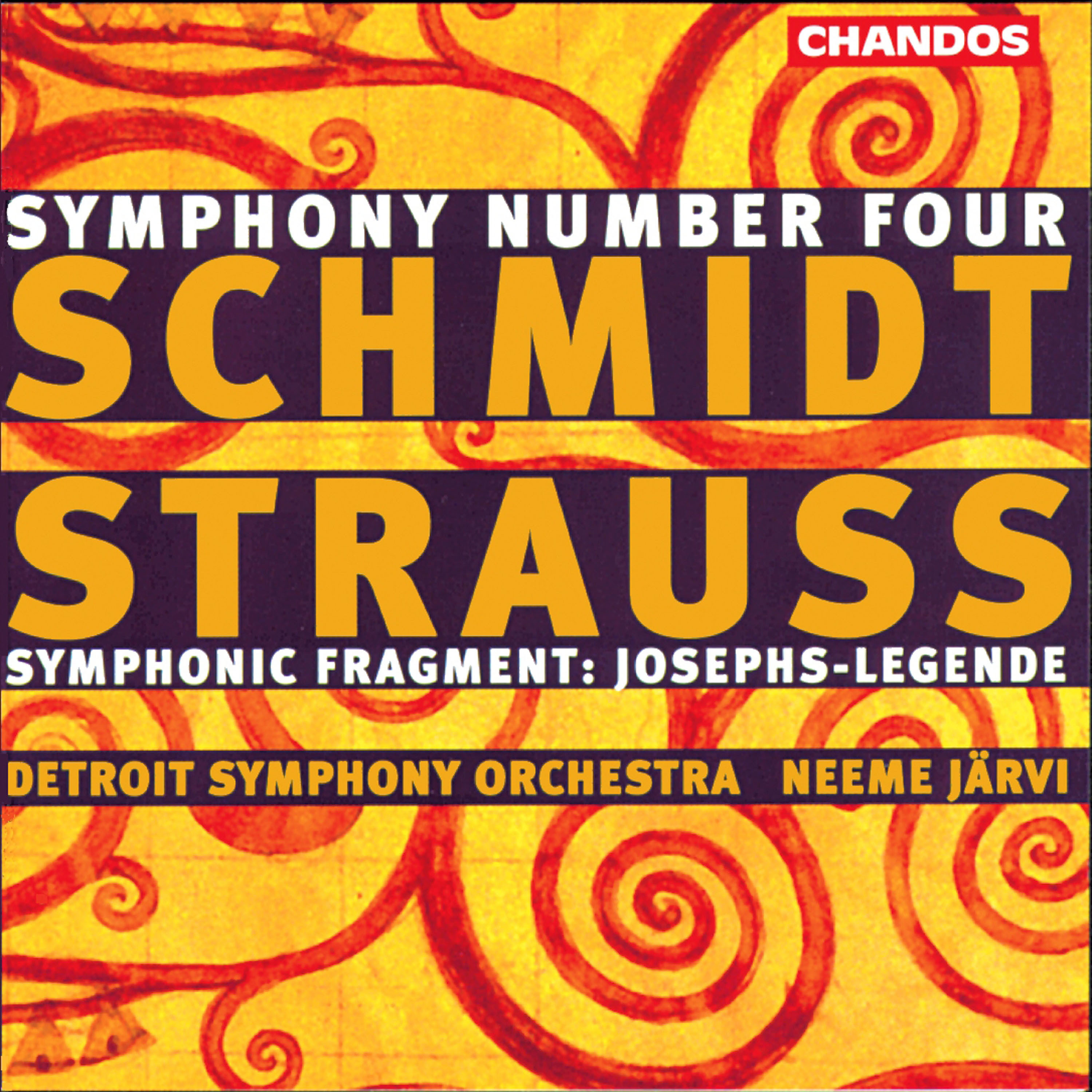
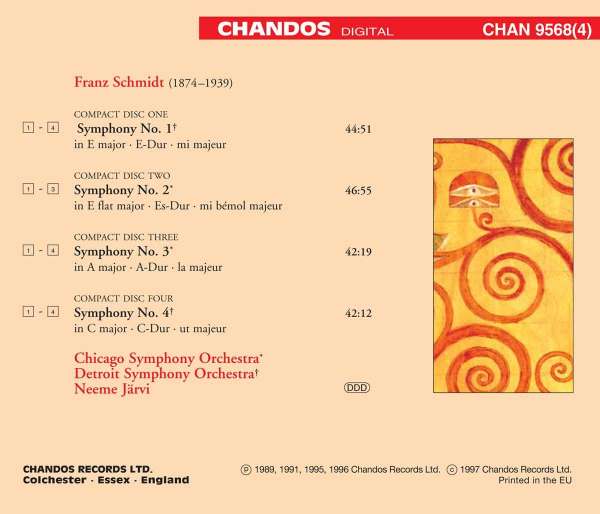
Comments
Post a Comment